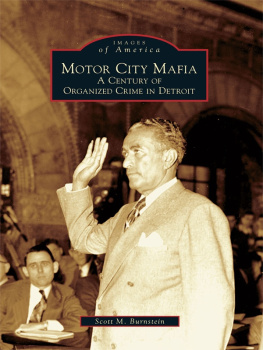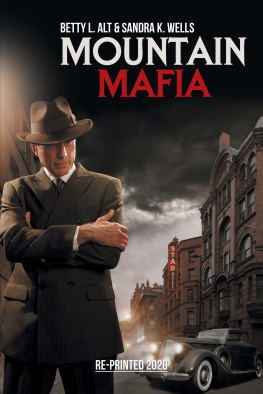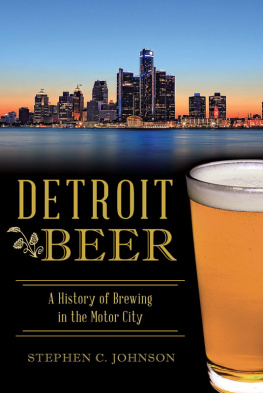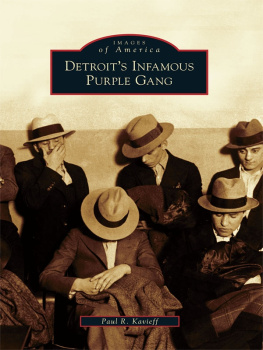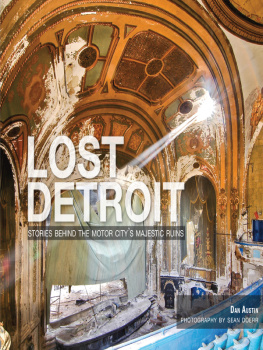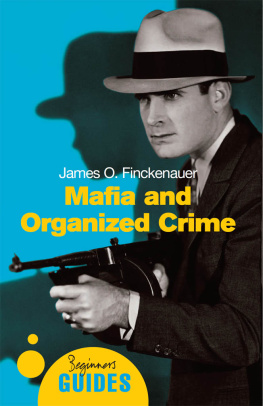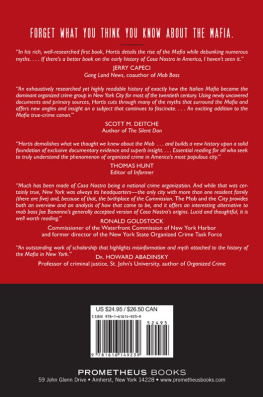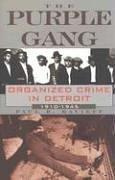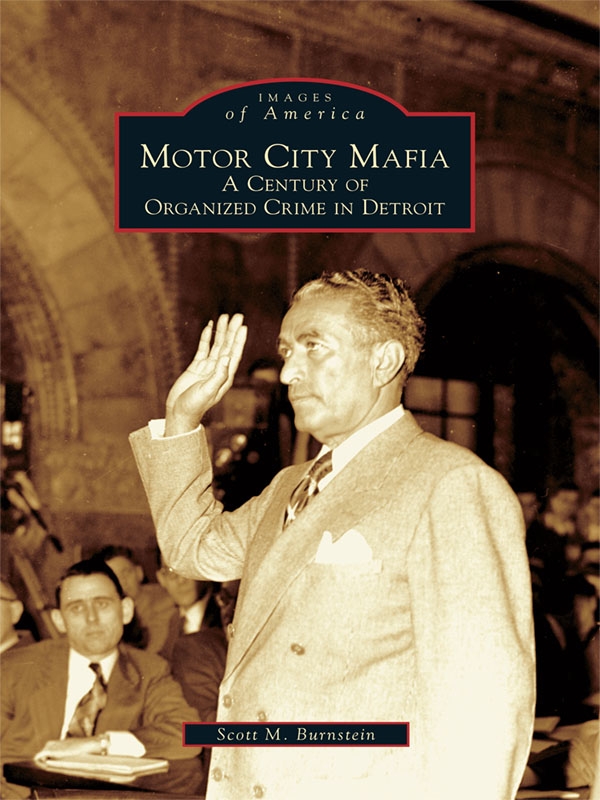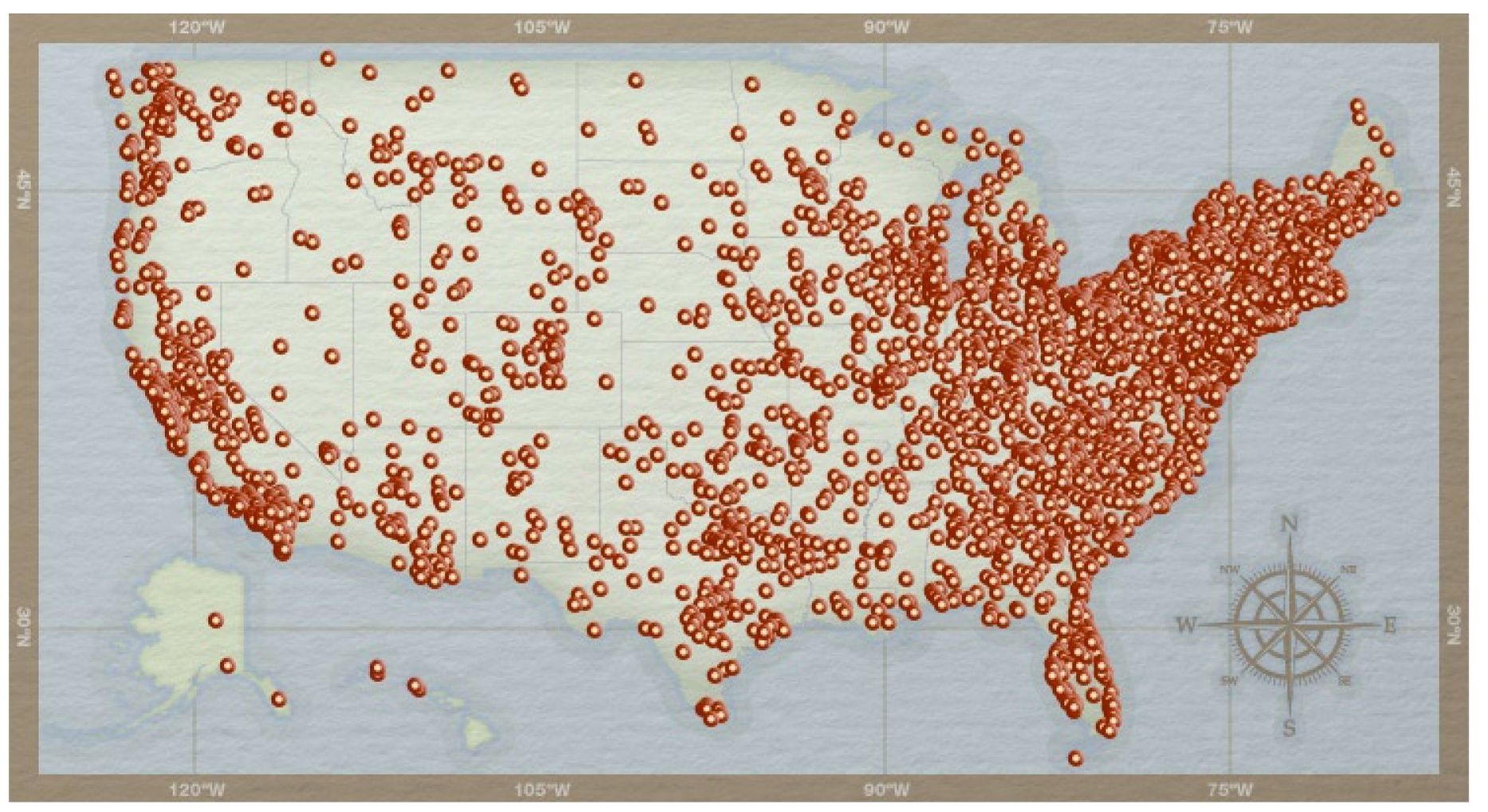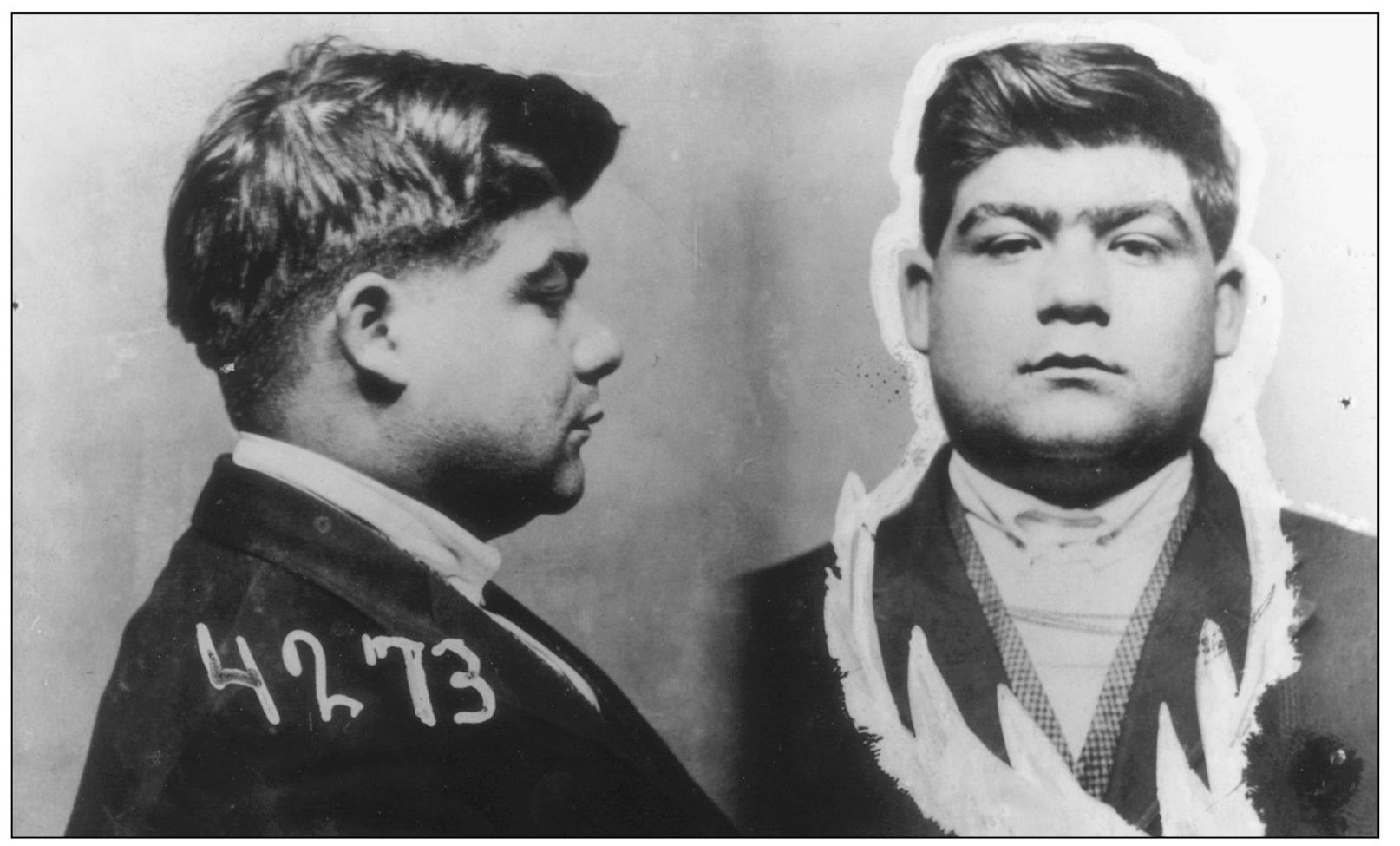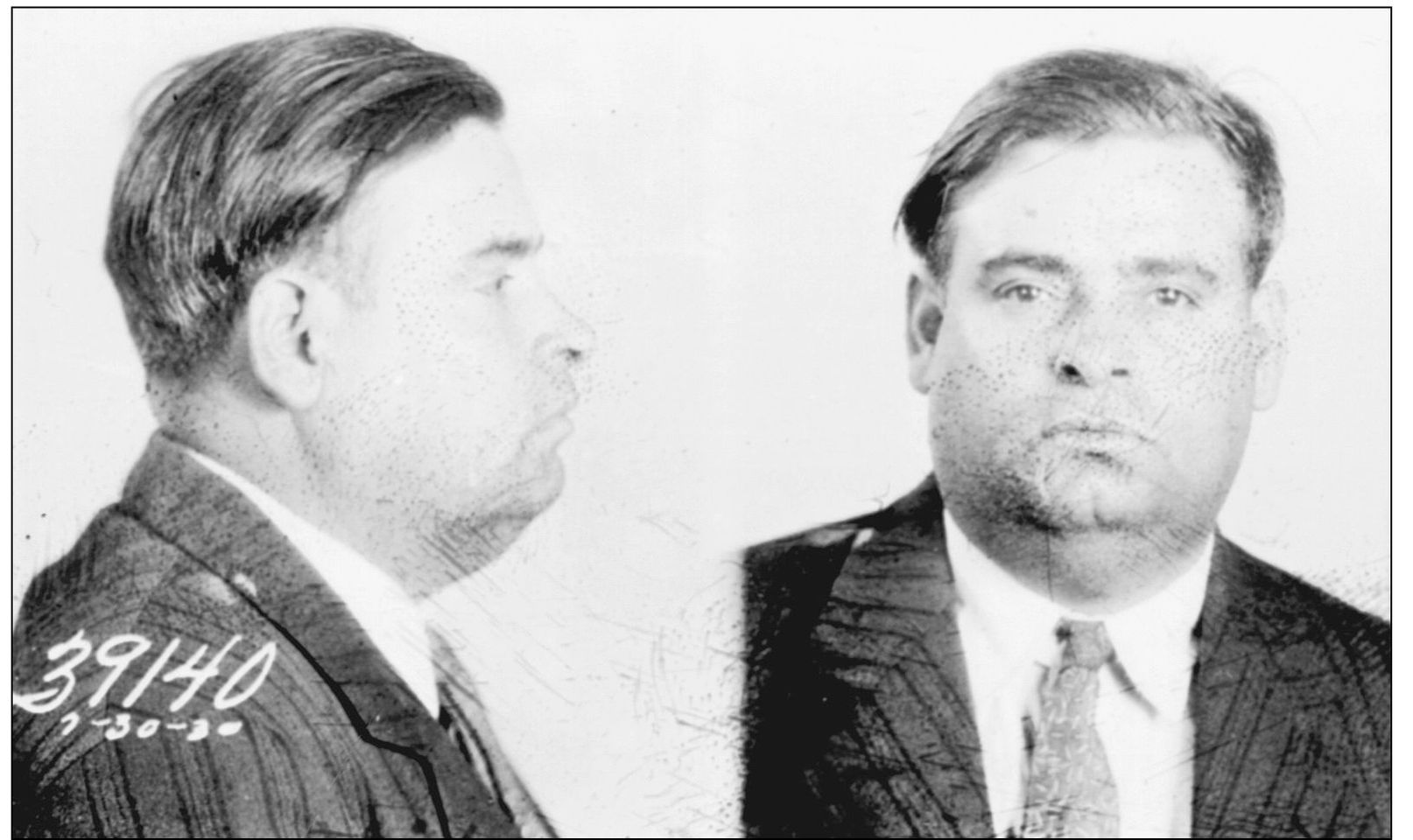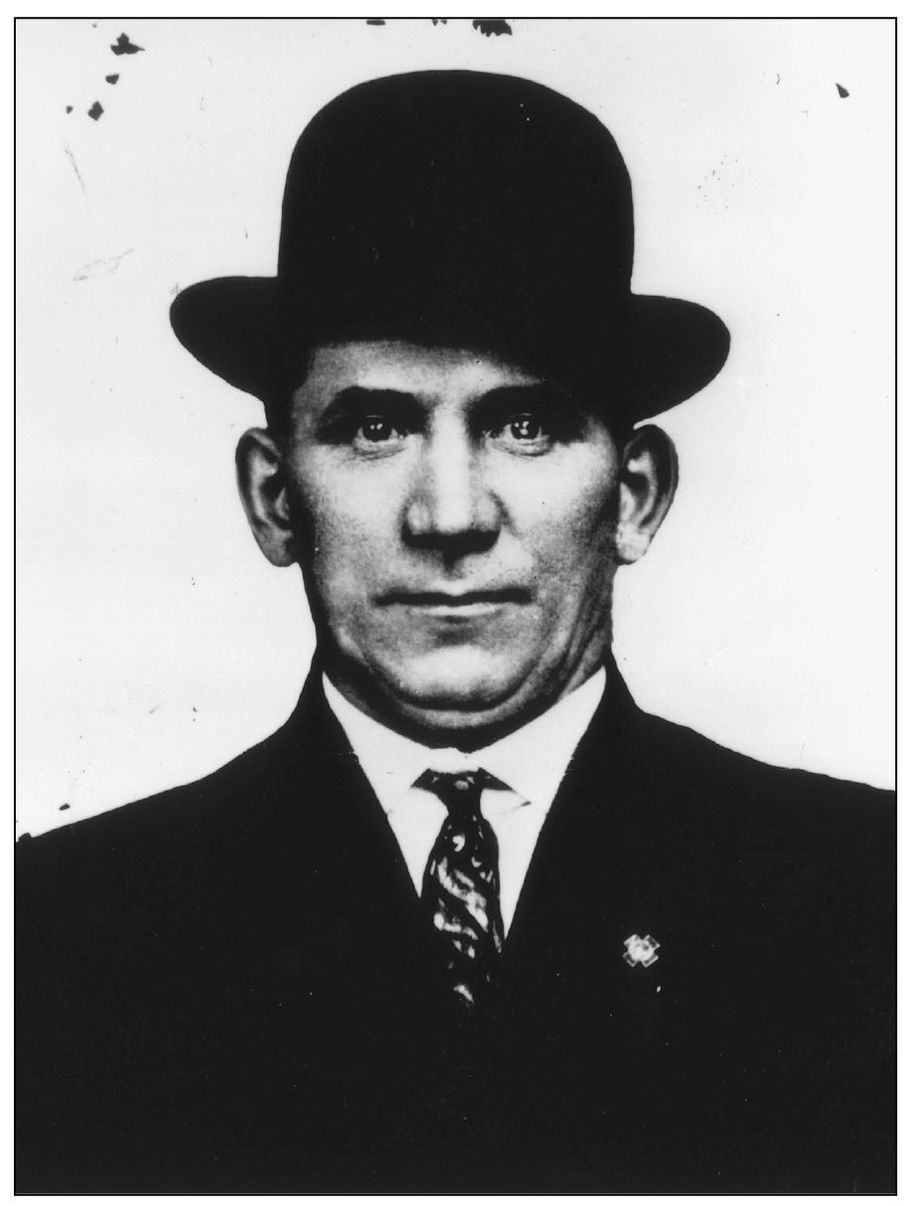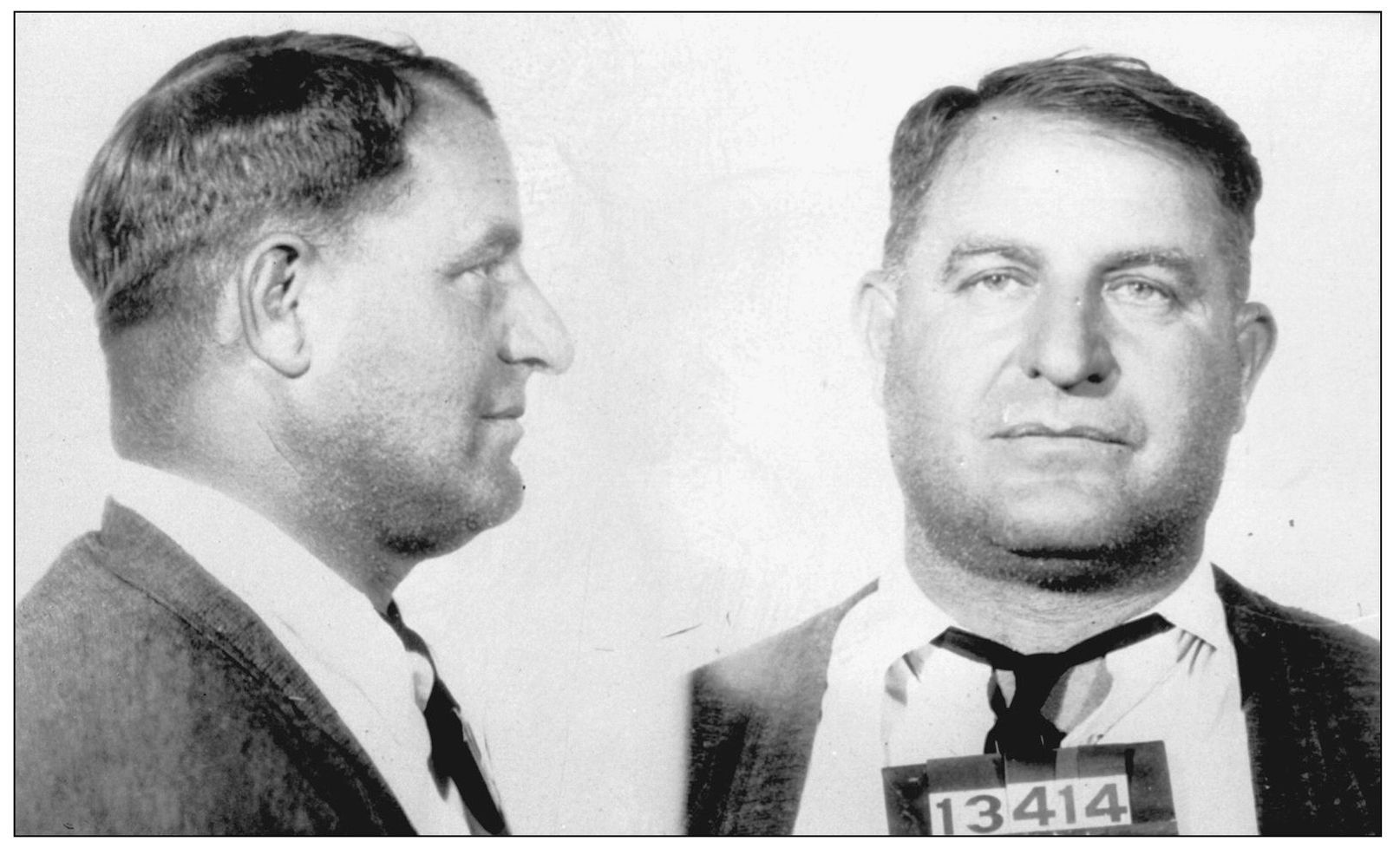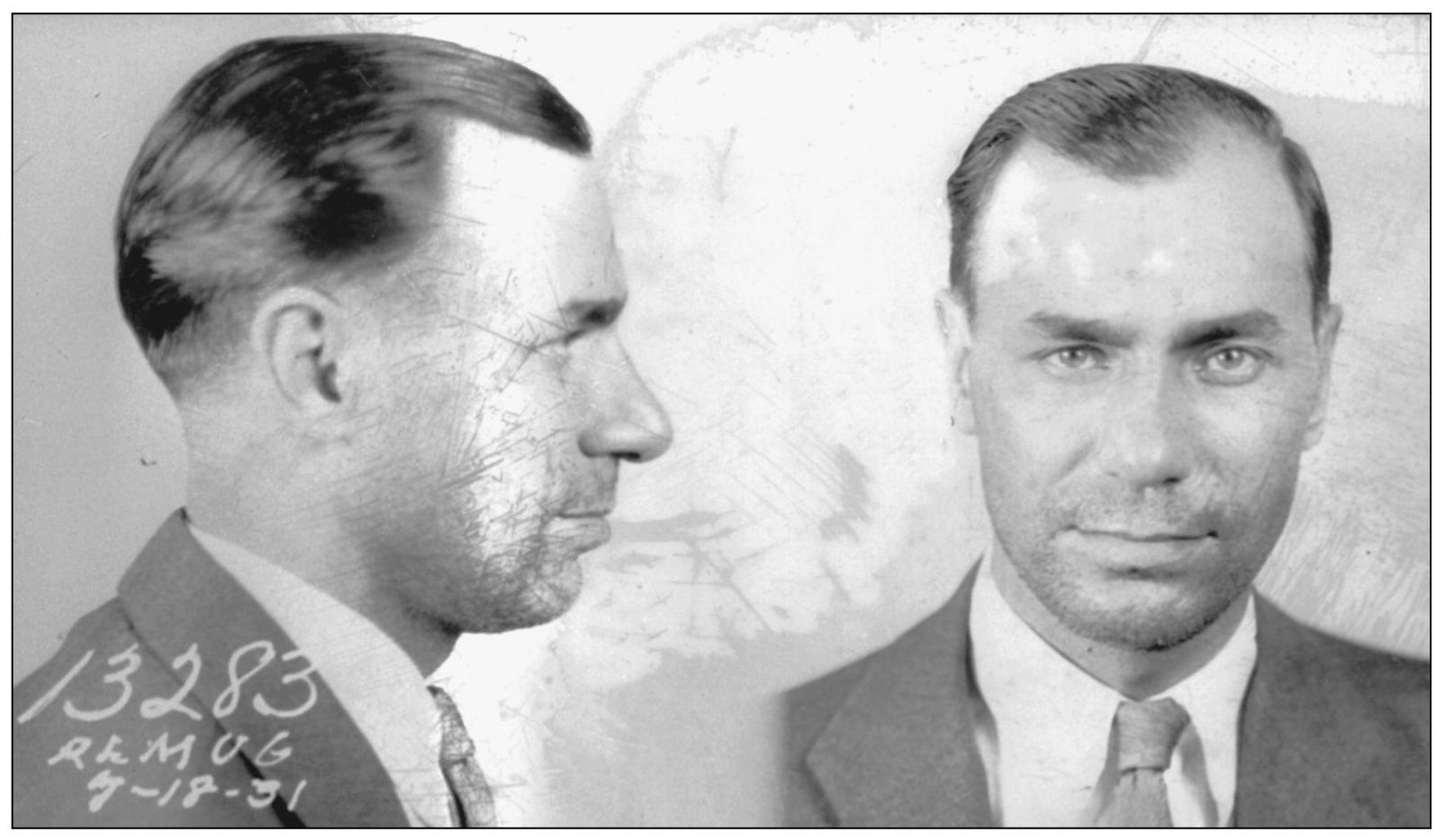ACKNOWLEDGMENTS
I would like to dedicate this book to my grandmothers, Arlene and Lillian, and my grandfather, Sam. Special thanks to Mom, Dad, Grandpa Don (G-Money), Paul R. Kavieff, Mike Carone, Oscar Westerfield, Bill Randall, Bob Barenie, Joe Finnigan, Dave Parker, Adam Rafalski, Ty Spector (Jiggy), Mr. Green, Anna Wilson and Arcadia, Mary Wallace, Tom Featherstone and Wayne State, Ned Timmons, Richard Zuckerman, Norm Sinclair, Ian, Amy, Erin, David F., Sue, Neil Welch, Bobby B., Kathy, Jeremy, Jamie, Jake, Rachel, Tracey, Geri, David G., Stephanie, Sara, Morgan, Mac, Jeremy H., Eric, Judd, Rob, Andrew, Mikey, Rich, Eddie, John Binder, Ernie Righetti, Eric R., Byron, Laurie Evans, Nancy Webster, the Miller family, the Porter family, the Frank family, the Roeper family, the Glazek family, S. Owley, Jason, Dan, George Anastasia, the Butterscotch, the IU Nation, and the Detroit FBI office.
BIBLIOGRAPHY
Abadinsky, Howard. Organized Crime . Chicago: Nelson-Hill Publishers, 1997.
Brandt, Charles. I Heard You Paint Houses: Frank the Irishman Sheeran and the Inside Story of the Mafia, the Teamsters, and the Last Ride of Jimmy Hoffa . Hanover, NH: The Steerforth Press, 2004.
Kavieff, Paul R. The Purple Gang: Organized In Detroit 19101040 . Fort Lee, NJ: Barricade Books, 2000.
. The Violent Years: Prohibition and the Detroit Mobs . Fort Lee, NJ: Barricade Books, 2001.
Keteyian, Armen, Harvey Araton, and Martin F. Dardis. Money Players: Days and Nights Inside the New NBA . New York: Pocket Books, 1997.
Maas, Peter. The Valachi Papers . New York: Perennial Press, 1968.
Moldea, Dan B. The Hoffa Wars: The Rise and Fall of Jimmy Hoffa . New York: Schlopsky Press, 1993.
Porrello, Rick. To Kill the Irishman: The War That Crippled the Mafia . Cleveland, OH: Next Hat Press, 1998.
Reid, Ed. The Anatomy of Organized Crime In America : The Grim Reapers . Chicago: Henry-Regnery, 1968.
Find more books like this at
www.imagesofamerica.com
Search for your hometown history, your old
stomping grounds, and even your favorite sports team.
One
THE BEGINNING
At the beginning of the 20th century, America was changingin culture, in industry, and, most of all, in size. Hoards of immigrants hailing from across the vast continent of Europe filled the streets of metropolitan cities and quickly made their presence felt in their new communities. The city of Detroit was one of the best examples of this phenomenon. By the end of the new centurys first decade, Detroit was a melting pot of ethnicity and foreign culture, spawning several neighborhoods specific to Italian, Jewish, Polish, and Irish decent. With these new communities came old worldstyle traditions, brought by the influx of Europeans with them to their new country. These traditions ranged from the benign to the tremendously lethal, the most dangerous of which was the underground criminal society, known by many as the Camorra or the Black Hand. Just like the many people from Italy and its tiny neighbor Sicily, who arrived in America, so did their tradition of a secret society of criminals, whose power equaled and in some cases even exceeded that of the elected government and would in later years become known as the Mafia.
The first incarnation of this eerily mysterious fraternity in the city of Detroit, the forefather to what is today modern organized crime, was the Adamo Gang, which sprang up in 1905 and was lead by Tony and Vito Adamo. By 1910, all of the areas liquor distribution, gambling, loan sharking, prostitution, and extortion rings were under their control. In 1913, the Adamo Gang went to war with the Gianolla Gang, a faction of street toughs led by the Gianolla brothers. The Adamos were killed by Gianolla gunmen as the pair walked together on a city street corner, paving the way for the Gianollas to assume control of the local underworld for themselves. In 1919, after six years of power, the Gianolla brothers were unseated by a former ally named John Vitale, who turned against his bosses and had them murdered. Vitales rule was short-lived and he was killed by Gianolla loyalists within a year after taking power. With the onset of Prohibition, former Gianolla lieutenant Salvatore Singing Sam Catalanotte was elected gangland overlord of Detroit and maintained final authority over all activities regarding the citys newest criminal regimes, the Purple Gang, the River Gang, the East Side Gang, and the West Side Gang.
This is a Detroit Police Department (DPD) mug shot of early-20th-century Mob boss Sam Gianolla, who alongside his brother Tony wrestled control of the local underworld from previous city crime lords the Adamo Gang in 1913 and ruled the Motor City streets unchallenged for the next six years. Gianolla was gunned down and killed in October 1919 on the corner of Russell Street and Monroe Avenue by hit men sent by rival gang leader Giovanni John Vitale. (Walter Reuther LibraryWayne State University.)
This is a DPD mug shot of John Gianolla, first cousin to former city overlords the Gianolla brothers, who along with his brother Vito founded the notorious Green Ones Gang in St. Louis before coming to the Motor City in 1927 and going to work for the local Italian crime syndicate. (Walter Reuther LibraryWayne State University.)
DPD sergeant Emmanuel Rogers is pictured in this photograph taken in the early part of the 20th century. In 1917, Rogers, who was a leading member of the departments special squad in charge of taking down the citys street gangs, was murdered on the orders of the Gianolla brothers. (Paul R. Kavieff collection.)
This mug shot is of James (Jim) Vitale, younger brother of early-20th-century crime lord John Vitale, who along with his powerful older sibling played a major role in the citys first two gang wars. When John was killed by members of his own gang in the fall of 1920, Jim continued on in the local underworld as an enforcer under Prohibition-era Mob leader Salvatore Singing Sam Catalanotte. (Walter Reuther LibraryWayne State University.)
Motor City Mob muscle Joe Locano is pictured in this DPD mug shot taken after an arrest in 1931. Locano, alongside underworld battery mate Joe Amico, was tried and acquitted for the gangland assassination of Gaspare the Peacemaker Milazzo and Sam Sasha Parina as the pair waited at the Vernor Highway Fish Market for what they thought was to be a peace conference between themselves and rival gang leader Chester Big Chet La Mare. (Walter Reuther LibraryWayne State University.)

